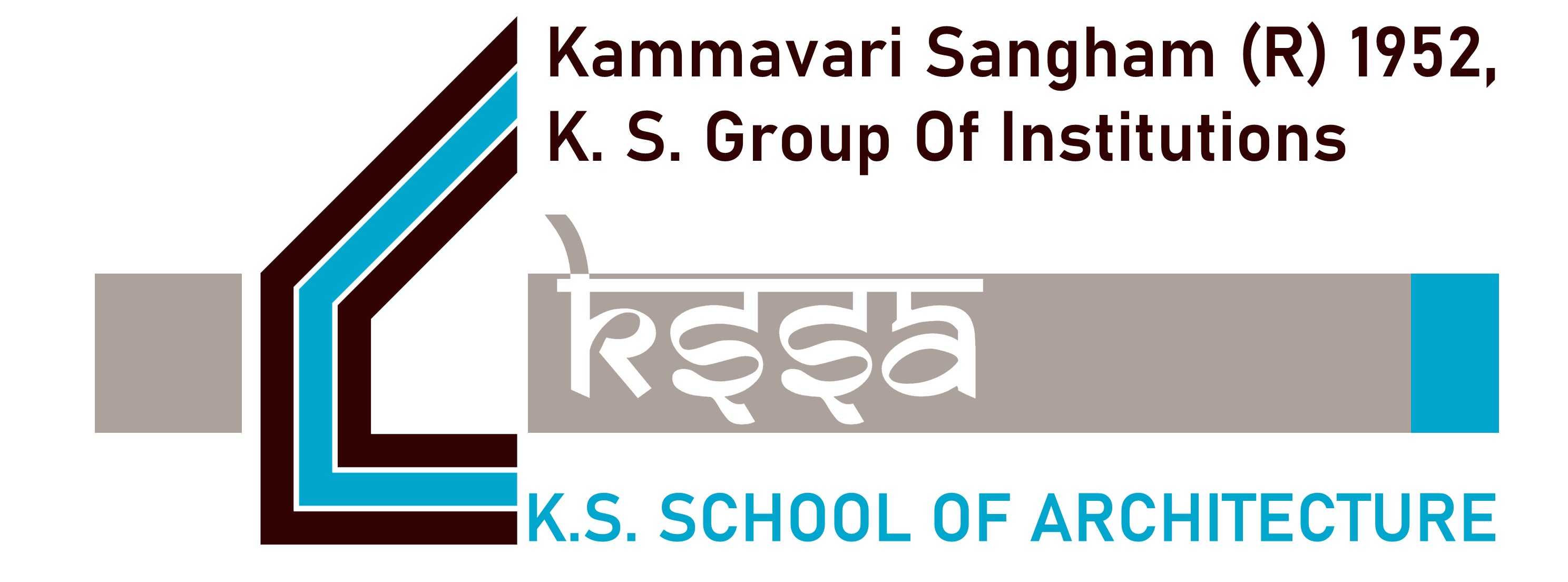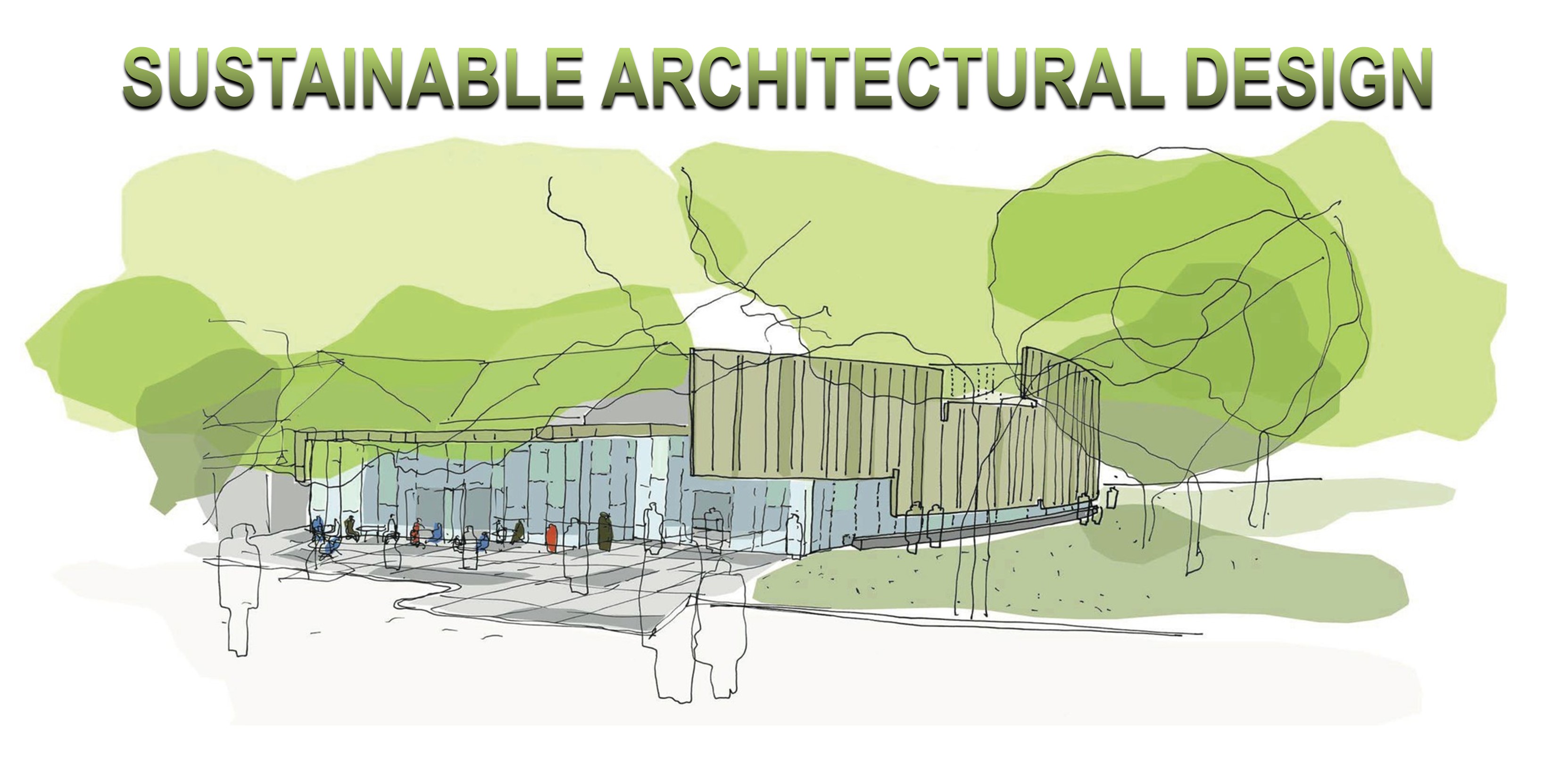K. S. CENTRE FOR HABITAT DESIGN & RESEARCH (KSCHDR)
K S CENTRE FOR HABITAT DESIGN & RESEARCH (KSCHDR), is a design cell established to formalize the architectural principles and use architecture as an active social, cultural, economic and political tool. This could be used to improve the world through the design of buildings through urban planning, urban design, principles of aesthetics and design. The aim is to build an architectural ecosystem that constantly evolves to be professionally relevant and socially sensitive.
◈ DESIGN PHILOSOPHY : In today's world when everything is fast, uncertain and temporal, the only absolute anchor to our built environment is the meaning we associate with the space inhabited. With a strong and unshakeable hold over theory & principles of aesthetics, the Centre intends to chart a path - pragmatic and contextual. With such larger concerns around, three core factors are identified to address - culture, climate and cost.
◈ CULTURE : Present day architecture is forcing people to live in built environments which are culturally inappropriate by imposing creative ideas from non-familiar contexts. We at KSCHDR believe that architecture should be rooted in the local culture, relatable to the people, their way of life & the place they belong to and it should celebrate the age in which it is created.
◈ CLIMATE : In the recent past, climate has become one of the most inevitable factors in designing architecture considering environmental changes, global warming, increasing natural disasters. So our aim is to create comfortable habitat while reducing the building?s reliance on artificial energy. All the saviour approaches, like eco-friendly, green, sustainable & low-energy architecture, hinged around climate shall be an integral part of every design process & its product.
◈ COST : Buildings designed with indigenous ideas and local materials have low embodied energy, less harmful to the natural resources, sustainable and hence less expensive.
- Contact :
- ▸ +91 73489 39933
- ▸ +91 96060 55907
- Water Conservation
- Development Plans
- Waste Management
- Transport Management plan
- Housing
- Village Development Plan
- Sustainable Architectural Design
- Campus Design and Master Planning
- Adaptive reuse
- Interior Design
- Furniture design
- Project Management
- 3d Visuals
- Art Installations
- Graphic Designing
- Capacity Building and Training Program
- Research and Development program
Pier Vittorio Aureli added, Architecture is always political, agreeing with Chantal Mouffe that Architecture is an expression of Hegemonic orders (That is, Authority Structures), and so cannot avoid being political in some manner. Aureli summerised this dichotomy as 'The ideology of consensus vs The reality of conflict'.
- "How is Architecture Political ?" at the Architecture Exchange's Second Annual Symposium, AA, (December 6th, 2014) Dialogue between Pier Vittorio Aureli (Cofounder of DOGMA and Teacher at the AA) and Chantal Mouffe, one of the world's leading political theorists (as demonstrated by book titles like Agonistics: Thinking the World Politically. On the Political and The Return of the Political).

ARCHAEOLOGICAL IMPACT ASSESMENT
FOR - DEVANAHALLI FORT & TIPPU SULTAN BIRTH PLACE - CORRIDOR 1
KSSA on 10th June 2024, submitted the Heritage Impact assessment report for the upcoming KSR Bangalore to Devanahalli Corridor-1 Bangalore Suburban Railways Project, undertaken by K RIDE(SPV)
The project involved analyzing the impact on the Devanahalli fort and Tippus Birthplace where the addition of new suburban rail lines to the existing Devanahalli station lay within the 300 mts of the monuments.
The report was presented to the Archeological Survey of India regional office in BANGALORE by KSSA, Ar Santosh, Assistant Prof submitted the report on behalf of KSSA.
The assessment was led by Ar Thrivikram NB Principal & Director KSSA, along with Ar Santosh Swaminathan & Ar Prateeksha Budavi, Assistant Professors KSSA.
Executive Summary
The comprehensive analysis conducted to assess the potential heritage impact of the proposed Bangalore Suburban Railway Project on the archaeological monuments in Devanahalli, namely the Fort in Devanahalli and Tippu Sultan's Birth Place, has revealed that the expansion of the regulated area is unlikely to have any significant adverse effects on the aforementioned monuments.
The analysis included site observations and a cartographical study of the geographical location of the project. In addition, an analysis of reports from external consultants and the General Consultant of K-RIDE was examined on its merits. Having done so, certain mitigations were proposed in this report, which will function holistically to result in a negligible impact on the monuments and could limit the risk to them.





